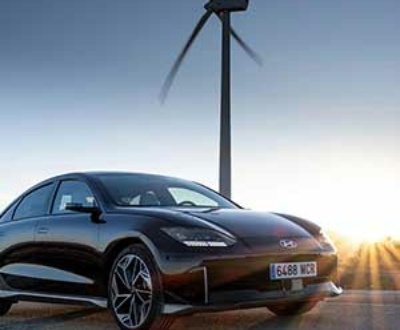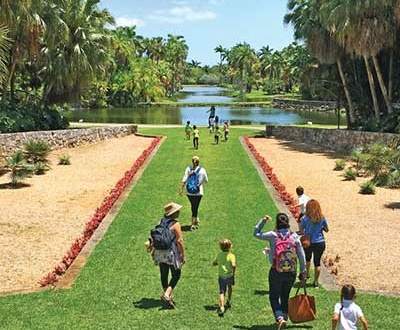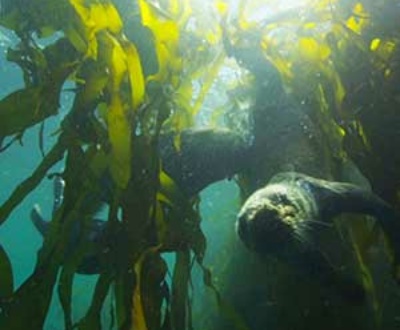DARN!! It’s September and I like summer! I guess we are good until daylight savings time goes away and its starts getting dark at 6pm. As I write this though, August 10, it’s been a really good summer—especially compared to the last two.
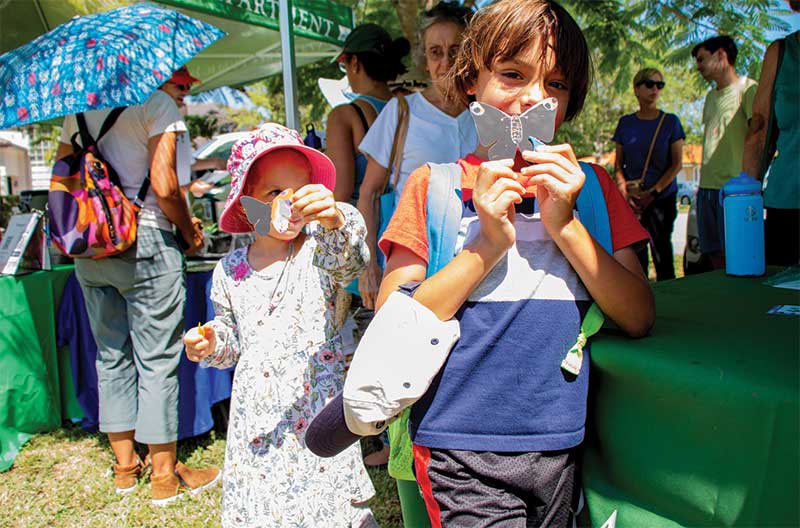 I mean it was almost normal!! With almost the same number of events as before covid and that is great. One of the very cool events was put together by Matt Anderson, our Resiliency and Sustainability Manager, and Solanch Lopez, assistant to the City Manager, in their capacity as heads of the Keep Coral Gables Beautiful program. This was the Pollinator and Popsicle event.
I mean it was almost normal!! With almost the same number of events as before covid and that is great. One of the very cool events was put together by Matt Anderson, our Resiliency and Sustainability Manager, and Solanch Lopez, assistant to the City Manager, in their capacity as heads of the Keep Coral Gables Beautiful program. This was the Pollinator and Popsicle event.
Pollinators and Popsicles – A Good Time Had By All!
On July 21 the City put together a children’s event called Pollinators and Popsicles at the Bird and Toledo site that the City will be turning into a park.
This is the site of the original pollinator patch where Dennis Olle, a Coral Gables resident, and Chairman of the Miami Blue Chapter of the North American Butterfly Association, saw 27 different species of butterflies laying their eggs and feasting on the nectar of the tiny native plants that grow in the grass when you don’t use pesticides or mow too much. Mr. Olle, in July of 2020, asked the City to not mow a patch and it was called the experimental pollinator patch.
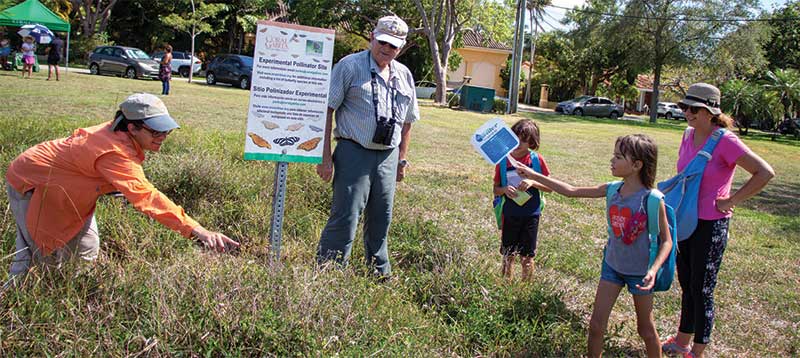 Well, for the Pollinator and Popsicle event at the experimental pollinator patch, Mr. Olle and Lydia Cuni, a field biologist at Fairchild Garden and a member of the Miami Blue Chapter, led the children through the patch and showed them the little plants whose flowers provided nectar for those 27 species of butterflies and are host plants for their eggs.
Well, for the Pollinator and Popsicle event at the experimental pollinator patch, Mr. Olle and Lydia Cuni, a field biologist at Fairchild Garden and a member of the Miami Blue Chapter, led the children through the patch and showed them the little plants whose flowers provided nectar for those 27 species of butterflies and are host plants for their eggs.
And the popsicles were enjoyed by all. I went for coconut, smile.
A Win For Our Poor Fragile Planet!
This week Congress is about to pass and the President is about to sign into law a bill with $370 billion for some great programs to help with global warming. In fact they are saying that it will reduce greenhouse gases from where they were in 2005 by 40% by 2030. “The bill delivers the largest-ever single burst of federal spending to tackle global warming, for example, with new programs to cut back on greenhouse gas emissions and boost clean energy technologies including electric vehicles.” (WashPost8/10) Enough to keep us on track towards the goal of zero carbon emissions by mid- century. HOORAY!
And, Boy, Does Our Planet (Our Home) Need Our Help…
Just look at these headlines from this summer: “Historic weather: why a cocktail of natural disasters is battering the U.S.” “What’s Driving the Massive Destructive Rainfalls Around the Country” “Billion Dollar Weather and Climate Disasters Increase” “Climate Impacts have Worsened a Vast Range of Human Diseases.”
AND, it’s not just us. “The new normal: how Europe is being hit by a climate driven drought crisis.” “ Water levels on the Rhine river are perilously close to levels that would effectively close the river.” And here is the President of South Korea after a massive 100 year flooding event: “We can’t keep calling these big storms unusual.”
BOY that is a scary thought–we can no longer keep calling these big storms unusual.
But can you disagree with that statement after what we’ve just seen this summer in the US? The wildfires in the West, massive floods in Kentucky and Yellowstone for example and the Colorado River so dry that they are starting water rationing downriver. Nevada, New Mexico, Colorado and California depend on that water. Actually, I find it pretty scary. We’ve been lucky to have pretty normal weather so far this year in Miami, knock wood, but who knows what’s next?
Just have to give you a few details from that article on drought in Europe (The Guardian 8/8):
- More than 100 French municipalities have no running drinking water and are being supplied by truck
- France’s agriculture minister warned the corn harvest is likely to be 18% lower than last year. The farmers’ union say a shortage of cattle fodder as a result of the drought could lead to significant milk shortages in winter.
- Spain’s water reserves are at all time low of 40% in what is likely to be the driest in 60 years. The country has received less than half its expected rainfall for the time of year.
- This year is also set to be the hottest and driest ever recorded in Italy in the last 230 Years. One of the most prominent manifestations of the crisis is the parched River Po. The flow rate of Italy’s longest waterway has fallen to ONE TENTH of the usual figure. Five northern regions are rationing drinking water and trucking in water.
- The crisis is not confined to southern Europe, water levels have also fallen to dangerous levels on the Rhine, a vital north west European waterway used to transport oil, petrol, coal and other raw materials and connects Germany’s industrial heartland to the major ports of Rotterdam and Antwerp. Some vessels are operating at 25% capacity to avoid running aground….
I know I am going to be as green as possible. And I’m going to vote for candidates that are green as well. How about you???
About the Author

Linda Lawrence Waldron currently writes the Green Gables column in Gables Living Magazine. Linda was Chairman of the Garden Club's Coral Gables Library Butterfly Garden Committee.
Sign up here for email notifications about new Green Gables articles!
More from our blogs
See all postsRecent Posts
- April 2023 April 1, 2024
- Good News on Environmental Plastics February 1, 2024
- Material World / Plant World January 1, 2024
Leave a Comment cancel
This site uses Akismet to reduce spam. Learn how your comment data is processed.




